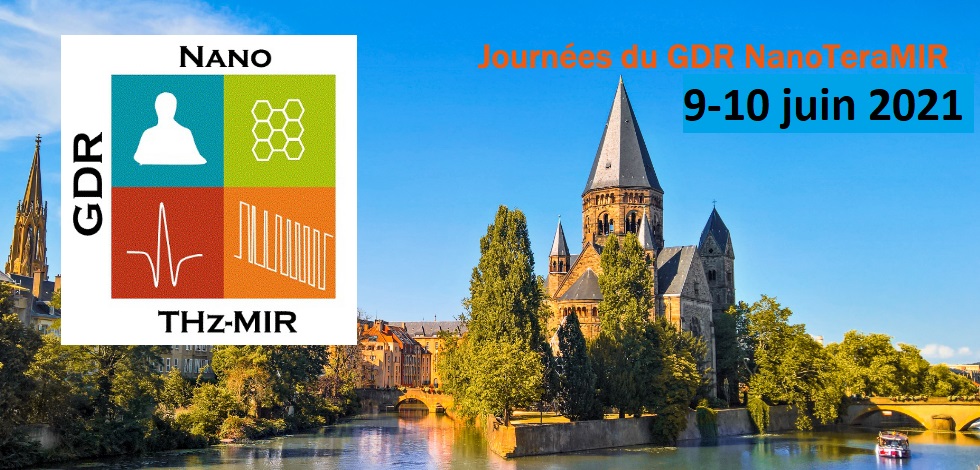New device applications in materials sciences call for the merging of known physical properties with the nanoscale world. Examples include new ferroelectric materials obtained in thin films of just a few nanometers. These materials are often functional metal oxides, that are present in different technologies such as memory storage, energy harvesting and sensors. However, the spectroscopic study of such functional thin films comes with new challenges. It is important to understand the influence of the film thickness, the substrate, and the interfaces present. All these parameters have a role in the new physical phenomena probed. To control the desired properties, it is necessary to understand the electric and structural signatures responsible for such properties. Exploiting the high brilliance and the stability of the synchrotron radiation in a wide infrared spectral range available at the AILES beamline of SOLEIL, we were able to perform infrared and Terahertz spectroscopic measurements on several thin film materials promising for applications. One of these materials is the recently discovered HfZrO2 ferroelectric thin (below 20 nm) film. This unexpected ferroelectricity in such nanometric films has stimulated new research into understanding its origin and opened a path to ferroelectrics memristors. Beyond these promising applications, many fundamental aspects related to the ferroelectricity order in HfO2-based systems remain to be unveiled e.g. ferroelectric transition temperature, role of non-polar coexisting phases, imposed electrode boundary conditions, electrical cycling effects. We report the results obtained from temperature and electric field dependence of transmission infrared and THz spectroscopy measurements.

|
Study of Functional Metal Oxides Thin Films using Infrared Synchrotron Radiation
1 : Synchrotron SOLEIL
Centre National de la Recherche Scientifique : UR1
LÓrme des Merisiers Saint-Aubin - BP 48 91192 GIF-sur-YVETTE CEDEX -
France
2 : Institut des Nanotechnologies de Lyon - Site Centrale Lyon
(INL)
-
Site web
Ecole Centrale de Lyon, Université Claude Bernard Lyon 1, Institut National des Sciences Appliquées de Lyon, Centre National de la Recherche Scientifique : UMR5270
36 Avenue Guy de Collongue, 69130 Écully -
France
|
| Personnes connectées : 2 | Vie privée |

|

